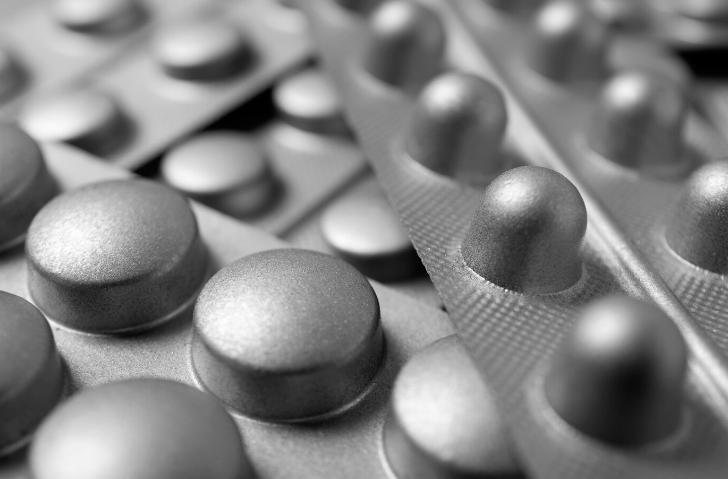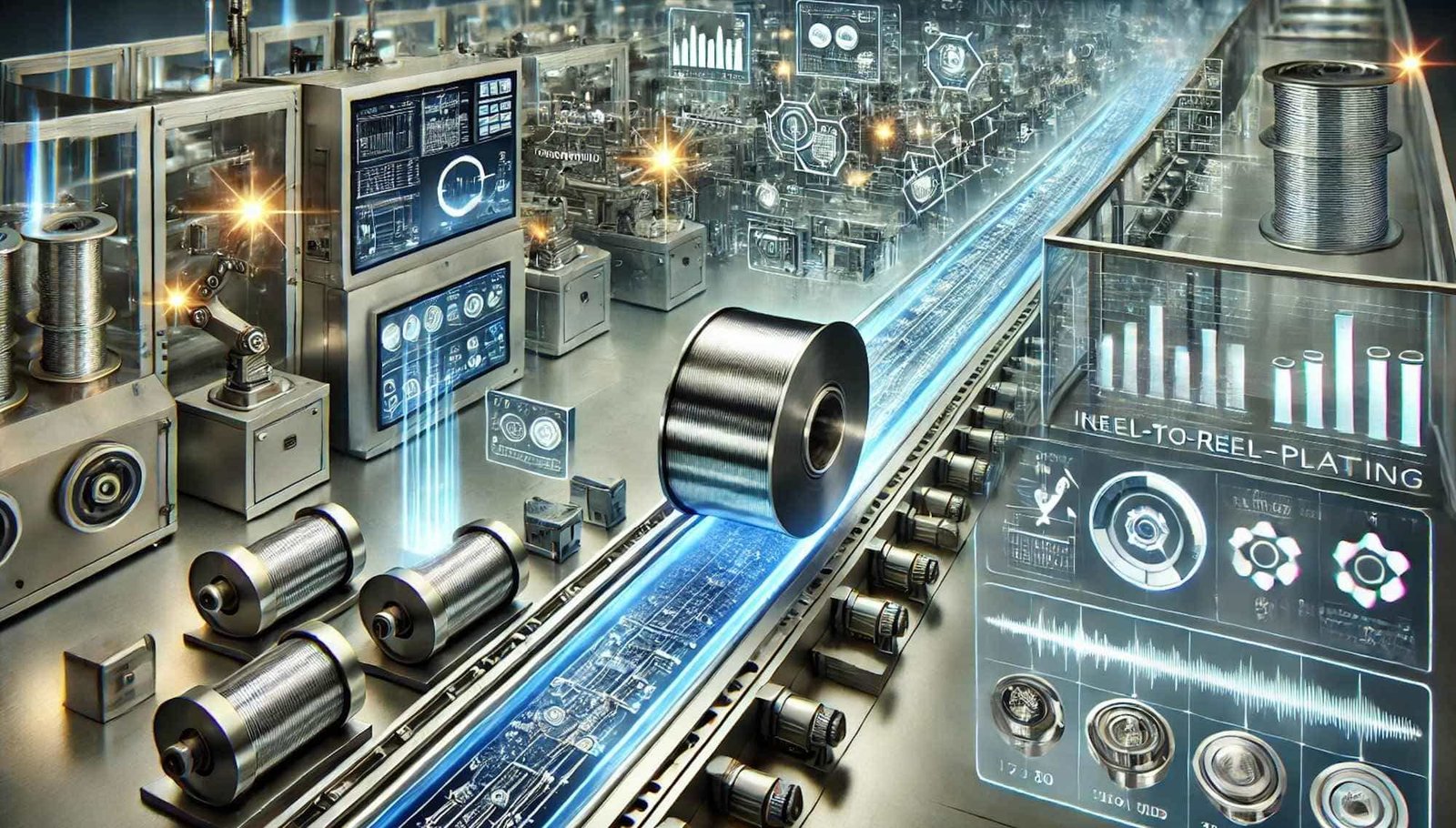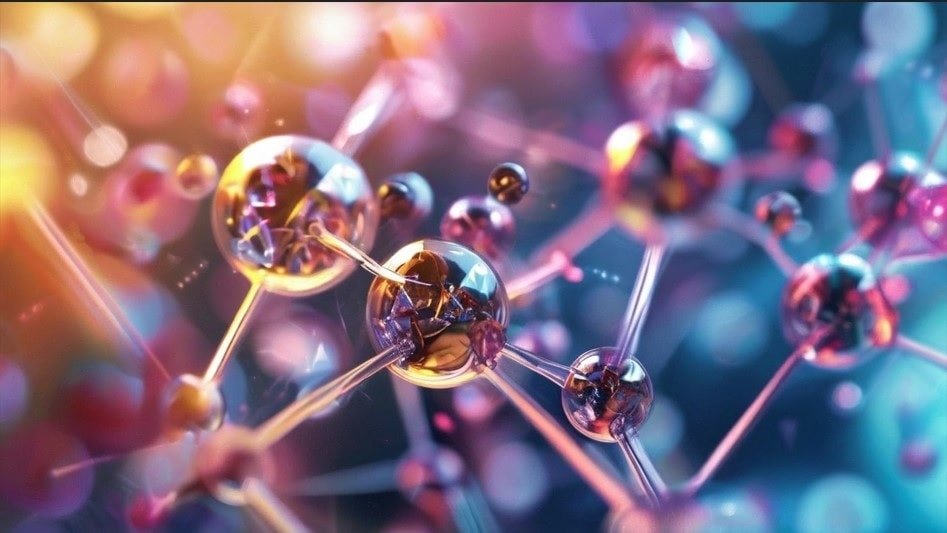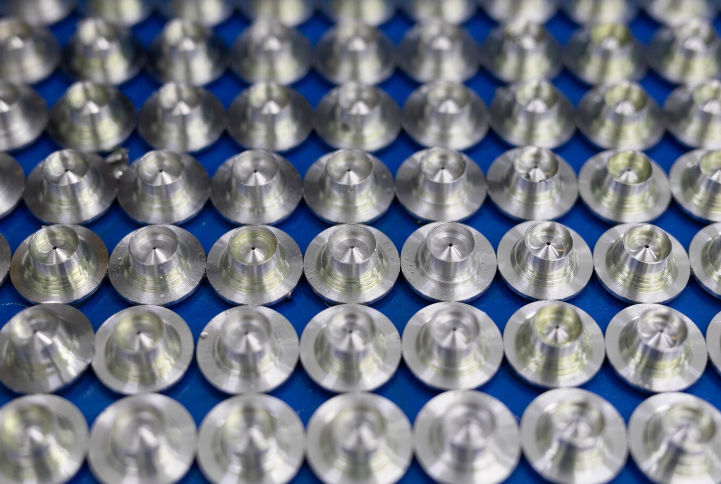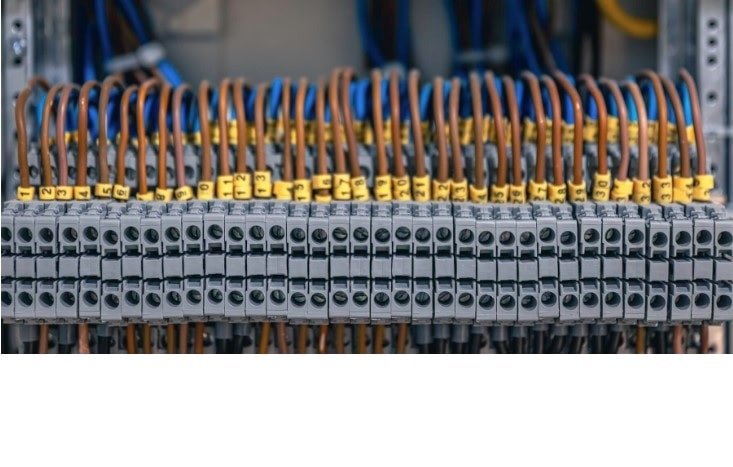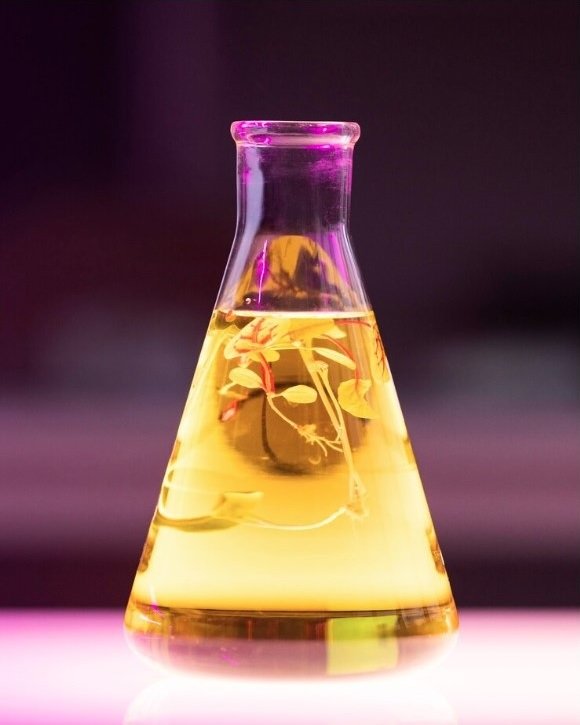The Future of Plating on Plastics: Innovations and Sustainability | Advint Incorporated
The Evolution of Plating on Plastics
Plastics have become indispensable across industries such as automotive, electronics, aerospace, and medical devices. However, their non-conductive nature presents challenges when metallic finishes or specific electrical properties are required. Plating on plastics (POP) bridges this gap, enhancing aesthetics, conductivity, corrosion resistance, and mechanical durability. As industries demand higher performance and eco-friendly solutions, innovations in pretreatment and plating technologies are driving the future of POP.
Beyond Aesthetics & The Benefits
Plating plastics offers significant functional advantages beyond visual appeal:
- Enhanced Durability – Protects against abrasion, chemicals, and environmental wear.
- Improved Electrical Conductivity – Crucial for electronic applications, including circuitry and electromagnetic shielding.
- Increased Structural Integrity – Reinforces plastic substrates for better mechanical performance.
- Sustainability Advancements – Reduces chemical waste and environmental impact through innovative pretreatment and plating methods.
Plated plastics are integral to automotive trims, consumer electronics, medical devices, and aerospace components, making advancements in this field critical to multiple industries.
Pretreatment & Adhesion
Successful plating on plastics requires precise pretreatment steps to guarantee adhesion and longevity of the metal layer:
- Cleaning: Removes contaminants like oils, mold release agents, and dust using ultrasonic or solvent-based treatments.
- Etching: Roughens the plastic surface to create a mechanical anchor for metal deposition. Sustainable alternatives to traditional chromic acid etching are emerging.
- Neutralization: Eliminates residual chemicals that could interfere with adhesion.
- Catalyzation: Applies a catalytic layer, typically palladium-based, to activate the surface for electroless plating. Cost-effective, Pd-free alternatives are gaining traction.
- Acceleration: Enhances catalytic activity, ensuring uniform metal deposition.
Cutting-Edge Technologies
The drive for efficiency and sustainability is reshaping POP with groundbreaking innovations:
- Laser-Induced Surface Modification (LISM): Uses laser technology to etch and activate plastic surfaces, eliminating harsh chemicals and improving adhesion.
- Plasma Treatment: A dry, eco-friendly process that cleans, etches, and activates plastic surfaces in one step, significantly reducing water and chemical usage.
- Nanotechnology-Based Catalysts: Copper and silver nanoparticle catalysts offer cost-effective alternatives to palladium activation.
- Environmentally Friendly Etchants: Enzymatic and other green alternatives to chromic acid etching help meet strict environmental regulations while maintaining plating quality.
- Integrated Pretreatment Systems: Automates multiple pretreatment steps, improving consistency and reducing chemical consumption.

Palladium-Free Plating
The high cost and environmental impact of palladium have led to the development of Pd-free activation solutions. Cupraganth® MV, the first Pd-free electroless copper activation technology, offers key advantages:
- Advanced Technology: Uses colloidal copper instead of Pd for activation.
- Streamlined Process: Eliminates the need for a separate Pd seed etch.
- Cost Efficiency: Copper’s stable pricing lowers operational costs.
- Superior Performance: Enables finer track spacing and improved yields.
By integrating tartrate-based electroless copper baths, manufacturers achieve a cost-effective and environmentally sustainable plating process.
Comparing Cupraganth MV vs. NeoLink® E
NeoLink® E process follows a streamlined sequence:
- Etching: Conditions plastic for improved adhesion.
- Neutralization: Reduces Cr(VI) residues from etching.
- Pre-Dip/Activation: Uses a Pd-based activator.
- Cu-Link: Replaces tin with copper, allowing direct acid copper plating.
While NeoLink E improves efficiency by eliminating electroless nickel, Cupraganth MV provides a Pd-free alternative, reducing costs while maintaining high-quality plating results.
Sustainability and Innovation
As industries move toward greener manufacturing, key trends in POP include:
- Wider Adoption of Palladium-Free Technologies – Reducing reliance on expensive and environmentally harmful metals.
- Increased Use of Renewable Energy in Plating Processes – Lowering carbon footprints in metal finishing operations.
- Smart Coatings – Advancements in antimicrobial, self-healing, and highly conductive coatings.
- Integration with Industry 4.0 – AI-driven automation for enhanced efficiency and process control.
Conclusion:
Plating on plastics remains a cornerstone of modern manufacturing, enabling lightweight, cost-effective materials to achieve metal-like properties. Innovations in pretreatment, sustainable activation methods, and advanced plating techniques are revolutionizing the industry, making processes more efficient, environmentally friendly, and cost-effective.
By leveraging cutting-edge technologies such as laser etching, plasma treatment, and Pd-free catalysts, manufacturers can meet growing demands while reducing environmental impact.
With continuous research and development, the future of POP holds immense potential, paving the way for superior, sustainable solutions across industries worldwide.

Posted By:Venkat Raja
Jan 30, 2025
Tags:
